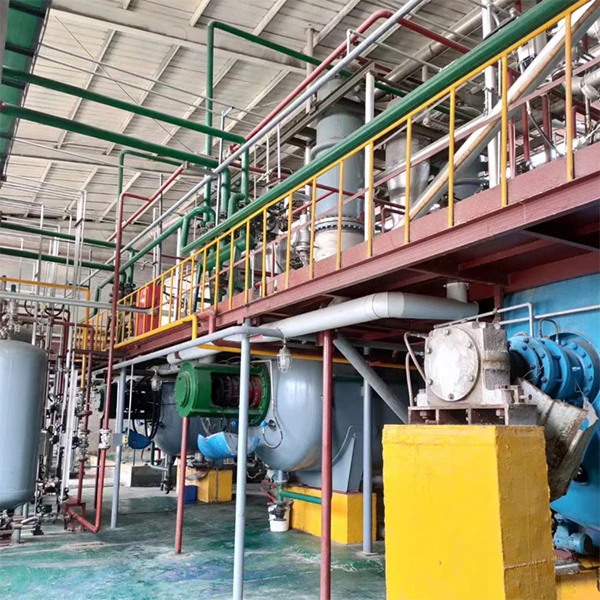Understanding HPMC Manufacturers A Comprehensive Overview
Hydroxypropyl Methylcellulose (HPMC) is a cellulose ether that finds applications across various industries, including pharmaceuticals, food, cosmetics, and construction. An essential component in many formulations, HPMC serves as a thickening agent, emulsifier, and film-forming agent, making it a crucial ingredient for manufacturers. This article aims to shed light on HPMC manufacturers, exploring their significance, production processes, and the conditions that contribute to their success in the market.
The Role of HPMC in Various Industries
HPMC has gained significant traction due to its diverse applications. In the pharmaceutical industry, it acts as a binder in tablets, a controlled-release agent, and a stabilizer for suspensions. The food industry utilizes HPMC as a food additive to enhance texture and maintain moisture. In cosmetics, it contributes to the formulation of creams, lotions, and gels by improving viscosity and stability. In construction, HPMC is used in dry-mix mortars and tile adhesives, where it improves water retention and workability.
Given its crucial role, the demand for HPMC continues to rise, prompting a growth in the number of manufacturers globally. These manufacturers are vital players in ensuring product quality and supply chain efficiency.
The Manufacturing Process
The production of HPMC involves a series of well-defined steps. First, cellulose derived from wood pulp or cotton is treated with a chemical process that includes etherification, which introduces hydroxypropyl and methyl groups into the cellulose structure. This modification enhances the solubility and usability of cellulose in a variety of applications.
Once the cellulose has been chemically modified, it undergoes drying and milling processes to produce a fine powder. Quality control is paramount throughout this production chain; manufacturers employ rigorous testing methodologies to ensure that the final product meets industry standards for purity and performance.
hpmc manufacturer

Choosing the Right HPMC Manufacturer
Selecting a reputable HPMC manufacturer is crucial for businesses that rely on this versatile compound. Companies should consider factors such as the manufacturer’s certification, quality control processes, and industry reputation. Utilizing suppliers that comply with international standards, such as ISO certifications, can help guarantee consistent quality and safety in the final products.
Moreover, it's essential to evaluate the manufacturer's ability to offer technical support and customize products based on client specifications. Various grades of HPMC are available to cater to the distinct requirements of different applications; thus, a manufacturer who can provide tailored solutions is highly advantageous.
Market Trends and Future Prospects
As the demand for eco-friendly and sustainable products increases, HPMC manufacturers are adapting to these trends by focusing on biodegradable and renewable materials. Research and development play a critical role in enhancing the performance and reducing the environmental impact of HPMC.
With growing industries like pharmaceuticals and food processing looking for innovative solutions, the future for HPMC manufacturers appears promising. Continuous advancements in technology and sustainability practices are expected to drive market growth further, making HPMC a staple ingredient across multiple sectors.
Conclusion
In conclusion, HPMC manufacturers play a pivotal role in a variety of industries by providing a versatile, effective, and essential compound. Understanding the production processes and choosing the right manufacturer can significantly impact the quality and success of products across pharmaceuticals, food, cosmetics, and construction. With ongoing innovations and market expansions, HPMC will likely remain a critical ingredient in meeting global demands, paving the way for a robust future in manufacturing. As you explore options in HPMC, remember to prioritize quality, reliability, and sustainability in your supplier choices.
-
A Comprehensive Guide to Methyl Ethyl Hydroxyethyl Cellulose: Applications and Industry InsightsNewsNov.24,2025
-
Understanding Methyl 2 Hydroxyethyl Cellulose: Uses, Benefits & Industry InsightsNewsNov.24,2025
-
Hydroxyethyl Methyl Cellulose HEMC: Industrial Uses, Benefits & Future TrendsNewsNov.23,2025
-
HEMC Cellulose: Versatile & Sustainable Industrial Polymer | YoungcelNewsNov.23,2025
-
Methyl Hydroxyethyl Cellulose: Versatile Building Block for Industry & SustainabilityNewsNov.23,2025
-
CAS 9032 42 2: Understanding Polyvinyl Alcohol's Impact on Industry & SustainabilityNewsNov.22,2025




